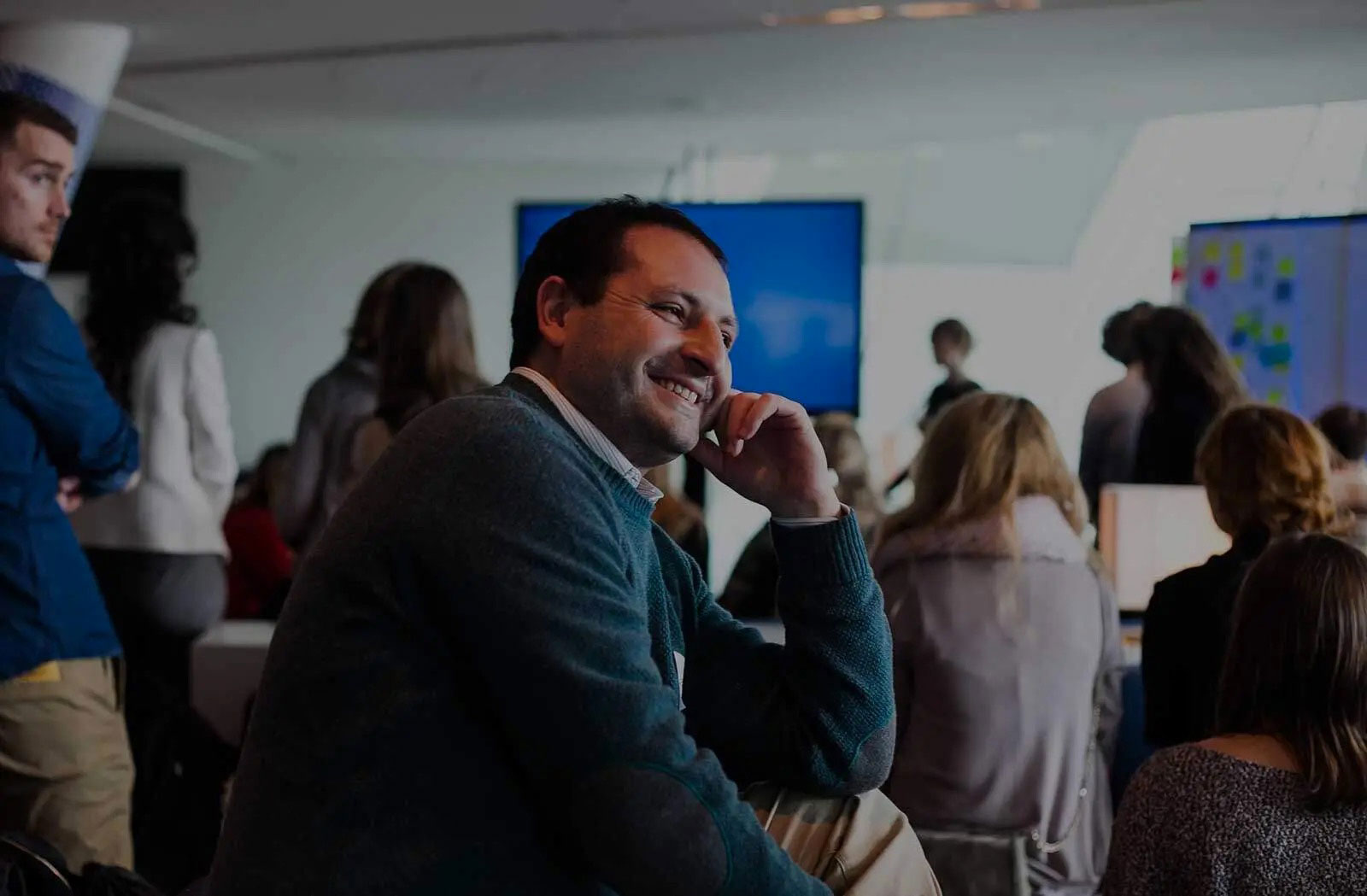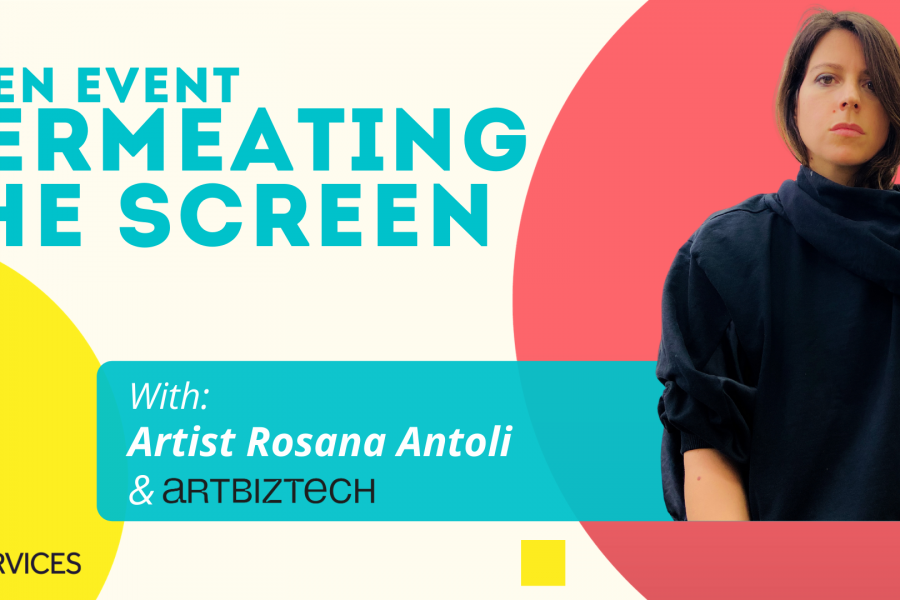1- Hello Diego, could you please introduce yourself a little bit?
I’m a designer with a background in Service & Interaction Design. I’m originally from Italy, but for the last 7 years I have lived in different places because of my job. I love travelling and ethnography, and I consider myself to be a full-time designer, since I look at life always “through the design lens”, always trying to understand what is the intent behind things.
2- You are also involved in UX local communities. Would you like to share some more about this Organization?
Yes, I’m very active on the Irish UX scene; I brought to Ireland the “UXcamp Dublin” un-conference, and I co-organise the monthly Dublin UX meetup. I’m currently working on establishing the Irish “Service Design Network” chapter, and soon we’ll launch “Service Design Drinks” a meetup for Service Design enthusiasts. It’s a lot of work, but also a lot of fun!
My motto is “Never stop learning”. Design as a discipline is very practical and pragmatic: Designers love to explore, experiment, disrupt, innovate and improve by learning from their mistakes; nowadays, thanks to the internet, it is very easy to access and share contents through digital and social media, and to learn everyday new things; I find all this very fascinating, but I’m a strong supporter of human empathy and social+analog interactions. I believe that designers can still benefit a lot from the analog world, and I see a local design community as an empowering tool that will help designer to grow, improve and innovate by sharing, learning, critiquing and co-creating. No matter how experienced you are, if you are doing something great, you should share it; and if you don’t know something, these social events offer a great opportunity to learn about it.
Local Design communities help strangers to became acquaintances, enable single individuals to become and feel part of something, offer the opportunity to learn things that for several reasons (business, privacy, etc) cannot be shared online, and help you to get recognition for your work and either provide or request support to other designers.
All these social events offer great opportunities for networking. I’ve met a lot of interesting people and many talented designers who are willing to share their great stories and put forth their work from their design closet. Quite often, people get in touch with me after these gatherings. They ask me different kinds of things, including but not limited to: career & study path advice, opinions & critiques on their projects, feedback on their portfolios, etc. It’s great when people reach out to me! It makes me feel like I’m doing something relevant for them and the local community, plus I feel better about myself when I can provide this little help to other people. I recognise that sharing your knowledge and coaching people has a great value. I wish I had somebody who could have guided me and offered me advice at the beginning of my career.
Together with a bunch of talented designers and good friends, we shaped the idea of a not-for-profit collective for design professionals to coach other designers. By this, we also share our love for design; we called it ‘Design Mentors’ (https://twitter.com/DesignMentors) and we aim to help and mentor a growing number of designers without geographical limits.
3- You seem to be well experienced in a broad range of domains, industries and countries. How did those diversities affect your career?
I have always had this desire for learning and discovering new things. I’m a very proactive person and I love to push myself to the limit. I think these characteristics of my personality helped to shape my attitude and my way of doing design. I believe exploring and dealing with diversity has affected my career very positively. In the beginning, I didn’t have a very clear plan; all I knew was that I wanted to experience as much as I could, and as soon as possible. I have tried to combine my “addiction to design” with my love for travel.
Moving to a new country, rather than visiting it, allows you to experience its socio-cultural context on a different level, to seize all those nuances that a rushed tourist will never get. Living in a country that is culturally different to the one where you were born, means experiencing something new every day and dealing with this cultural clash subtly and slowly changes your way of thinking and behaving, often positively. Working in a different country makes you face different business realities, brings you to interact with other people that are culturally different from you and to deal with your limits, especially those related to the language barrier. I have built my career journey on the go, always trying to be pragmatic and choosing things that are related to and expansive upon what I did before. I have ended up serving in a broad range of roles, and designing digital products and services in several sectors and cultural contexts. I’m very happy with the choices I made. I feel I have being doing the right thing, and that I should stick to my plan for another while.
To those designers that ask me advice on their career path, I often recommend to travel, to move somewhere new and experience something different from what they already know, especially if they are young. You never know what might happen, and even the worst experiences will teach you something and maybe present you with an opportunity.
4- You will be delivering a Keynote at 3rd UXistanbul Conference. What will be your speech’s subject?
I’ll talk about Service Design, a relatively new discipline that is changing the design landscape and the market. The way consumers are spending their money is changing. We have shifted from “buy and own a product” to “use it when you need it”. A growing number of companies are adopting Service Design to deliver new outcomes to their customers, and I’m going to talk about this transformation.
5- With general terms, what is “Service Design”, where could we use it?
Service Design is the activity of designing, planning and organising a complex system, considering its processes and the users and the actors that belong to it. Service Designers consider how human beings interact with each other and with the system, and what are the tools — either digital or analog — that they use. Service Design can be applied to any field, from healthcare to IT systems, including government and public sectors, to guarantee social innovation.
6- Is “Service Design Thinking” a subset of “Service Design” or it is more than that?
As mentioned in the book This is Service Design Thinking, Service Design is interdisciplinary. To design and innovate services, Service Designers use a broad range of tools that belong not only to design, but also to other fields like management, marketing, engineering, psychology, architecture, and ethnography. The framework that enables these disciplines to work efficiently together is called Service Design Thinking.
7- Have you experienced considerable variations between domains, company scales or locations while you were designing services?
Service Design takes into consideration the whole context in which the service is delivered, and Service Designers rely considerably on ethnographic research to learn about its socio-cultural aspects and the users.
From the point of view of the location, each project has been different. I particularly enjoyed the time I spent working in China, since I had the possibility to learn a lot about the locals, their culture, the context they live in and their habits, by interacting directly with them.
Service Design uses and shares tools that belong to other disciplines like Interaction Design, User Research and Human Computer Interaction. As Service Design is a new discipline, not all of the companies where I worked before had an established framework to practice it. I started my career working as an Interaction Designer. At that time, job positions as a Service Designer were almost non-existent and there was a lot of inaccuracy around Service Design practice. Recently, things changed, and a growing number of companies are now looking at how they can apply it. Different companies operate in different sectors and have different ways to approach Service Design. The dynamic of change varies considerably according to the scale of the company and the level of multidisciplinarity of the design team involved in the process. At IBM, we use our IBM Design Thinking framework to break down silos and collaborate across disciplines. We take care of the whole process — from the primary user research with Sponsor Users, to the final implementation of the service. We work with our clients and their end users from the very early stages of the process. The end users are at the heart of the process, and they participate in several co-creative sessions forming a core team with extended team members, and contributing to the creation of an eco-system of products and services.
8- Do you think “Service Design” approach is embedded at IBM?
In the last 10 months I’ve been working with my team to introduce Service Design into IBM Design practice. More specifically, we worked to integrate it into the existing IBM Design Thinking framework by introducing new tools and approaches. After several iterations, we are at a very good point, and later this year, we’ll share a more solid version of our framework with the general public.
9- Do you think “Design Thinking” approach is also applicable to governmental activities, too? What might be the possible outcomes and benefits of it?
This is a proven fact. Service Design and Design Thinking have been successfully applied to the government and public sectors, especially in the United Kingdom, where Service Design is a well-recognised discipline that has been largely used to improve and simplify public services, enabling the government to save money by streamlining bureaucracy and processes, and improving citizens’ experiences of the services and their access to them.



